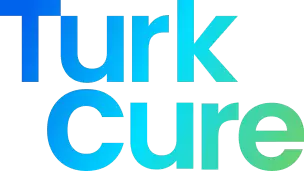If you are entertaining the thoughts of a second nose job, we urge you to read about these revision rhinoplasty facts. Among many individuals who undergo cosmetic nose surgery and proudly showcase their new noses with satisfaction, statistics show that 8 to 10% of people are not content with the results and opt for nasal surgery for the second time. To ensure dissatisfaction with the shape of your nose after surgery, a one-year gap between the first and second surgeries is necessary.
However, selecting a surgeon to entrust with your second nose job is a significant concern. The nose is a delicate organ, and physicians are aware that opting for second, third, and subsequent surgeries carries specific risks. In this article, we aim to address all concerns of those who are dissatisfied with the outcome of rhinoplasty and are seeking revision rhinoplasty in Turkey.
Revision rhinoplasty is approached with sensitivity, recognizing that dissatisfaction with prior surgeries often leads patients to seek further intervention. Addressing patient skepticism and emotional challenges becomes crucial in these situations. Emphasizing that dissatisfaction doesn’t necessarily result from poor technique, the challenges of controlling every aspect of rhinoplasty are acknowledged. Managing patients’ skepticism and emotional concerns forms a significant part of the surgeon-patient interaction.
Exploring the Common Reasons for Revision Rhinoplasty
The primary motivation for individuals considering a secondary rhinoplasty often stems from dissatisfaction. Many patients revisit the idea of undergoing rhinoplasty again because they are unsatisfied with the outcomes of their initial surgery due to one of the following reasons:
- Tip irregularities and causes
- Dorsal irregularities and inverted V deformity
- Nostril asymmetries
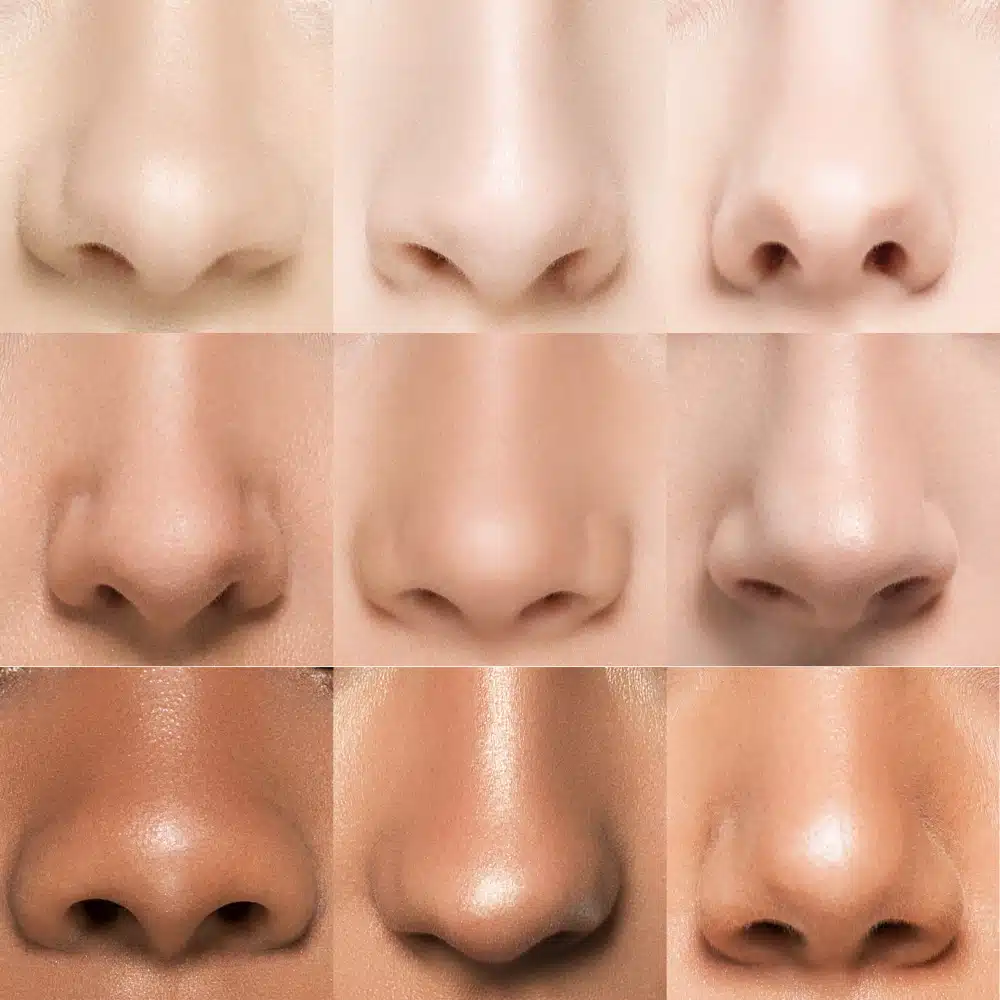
Gender Differences & Reasons for Dissatisfaction with Rhinoplasty
One of the obvious revision rhinoplasty facts is discussed here. Even between women and men, there are differences in the reasons for dissatisfaction with the initial rhinoplasty. Generally, men’s expectations of rhinoplasty differ from those of women. Among the two common reasons why men seek a second nose job, one is the failure to adhere to masculine aesthetic principles in nasal surgery, resulting in excessive refinement of the nose (another reason is the unresolved functional problems of the nose).
Simultaneously, another group of individuals is compelled to undergo a second rhinoplasty, such as those who have experienced accidents or accidents during sports or work, incidents that mostly occur in men.
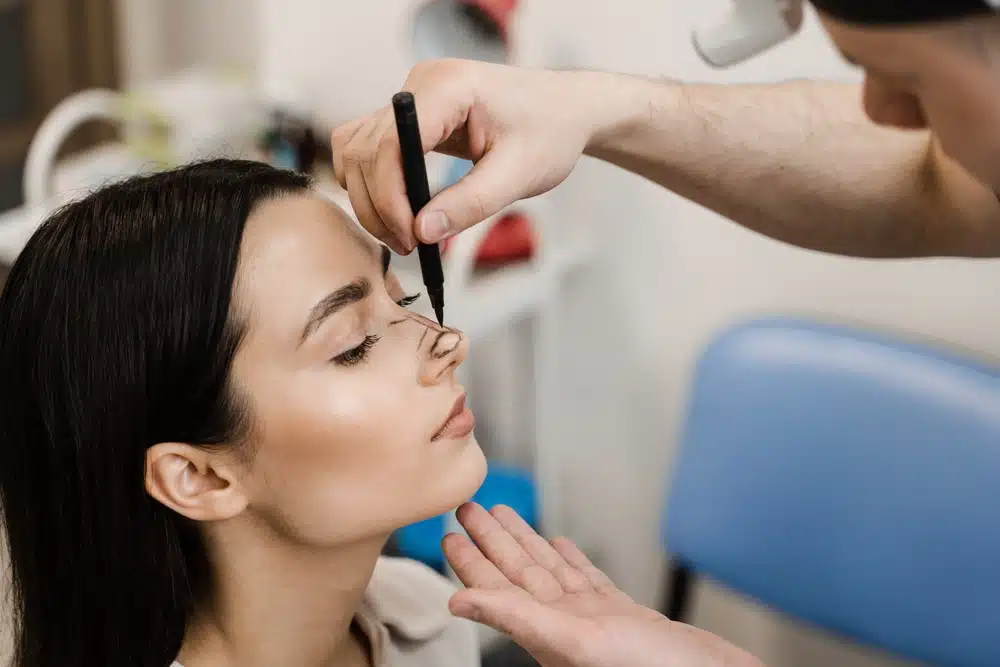
Addressing this dissatisfaction presents a unique set of challenges, particularly since these patients may need more certainty and emotional reservations following a less-than-optimal first experience with another practitioner.
Even seasoned rhinoplasty surgeons may encounter instances of patient dissatisfaction, and this dissatisfaction is seldom linked to a lack of surgical skill. Rhinoplasty is inherently intricate, with certain aspects of the healing process beyond a surgeon’s complete control. Managing the psychological dimension of interacting with patients who already harbor distrust towards another professional becomes a pivotal aspect, constituting a significant portion of fostering a positive experience for those undergoing secondary rhinoplasty.
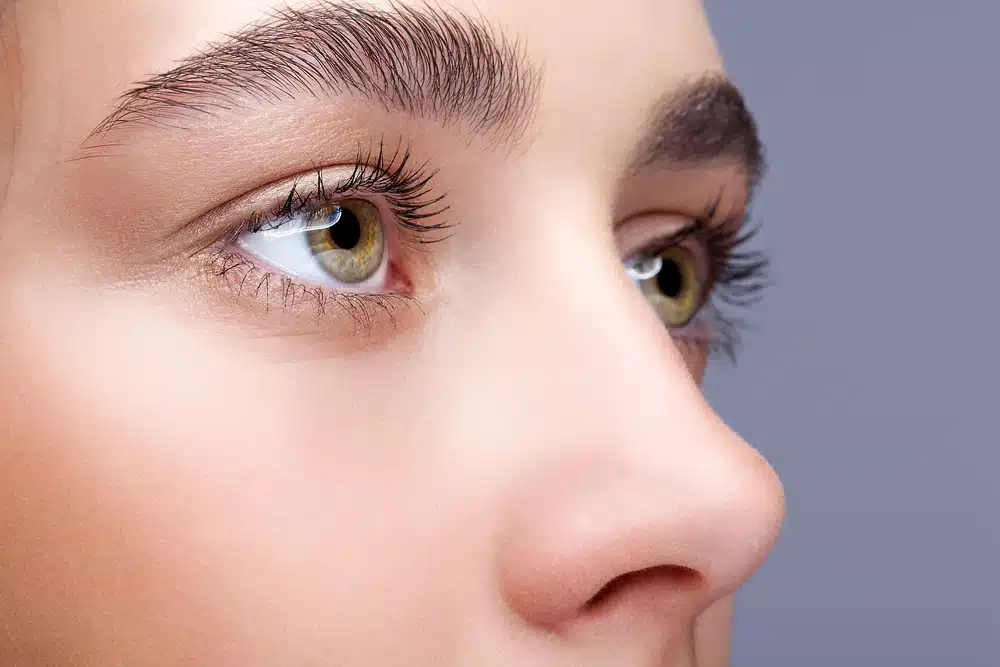
Evolution of Nose Appearance Over Time
Exploring the evolution of nasal aesthetics, we delve into short-term and long-term changes. Immediately post-surgery, patients may experience initial satisfaction, but swelling often intensifies after the splint removal. Roughly 60 percent of overall swelling diminishes within three months, with a more stable result typically achieved after a full year.
For example, it’s worth noting that in certain situations, even though the nose may seem straight after the splint is removed, one side might slowly shift over time.
Eventually, the other side could also experience a deviation. These variations stem from the unique body and nasal traits of each individual, emphasizing the need for patience as the ultimate results become apparent, and the nose’s definitive shape takes form post-surgery.
َAlso, post-one-year changes are attributed mainly to biological factors, dismissing external causes by patients. Examples, such as Accutane affecting cartilage grafts and the potential impact of major trauma, are discussable.
Finally, the possibility of changes persisting three to six years post-surgery is probable, such as thinning of overlying soft tissues, revealing grafts, or warping of cartilage. Predicting long-term outcomes proves challenging, as biological shifts can occur independently and are not entirely within the control of the involved professionals.
Preparing for Revision Rhinoplasty
It is advisable to wait for a minimum of one year before considering revision rhinoplasty. Certainly, if something comes up in a person’s personal life that urgently requires fixing their nasal appearance (like getting married), there are other solutions to consider.
As another revision rhinoplasty facts, temporary solutions like fillers may be sought for minor concerns before the one-year mark, with the recommendation to dissolve fillers using hyaluronidase two weeks before surgery for a clear assessment and to avoid interference.
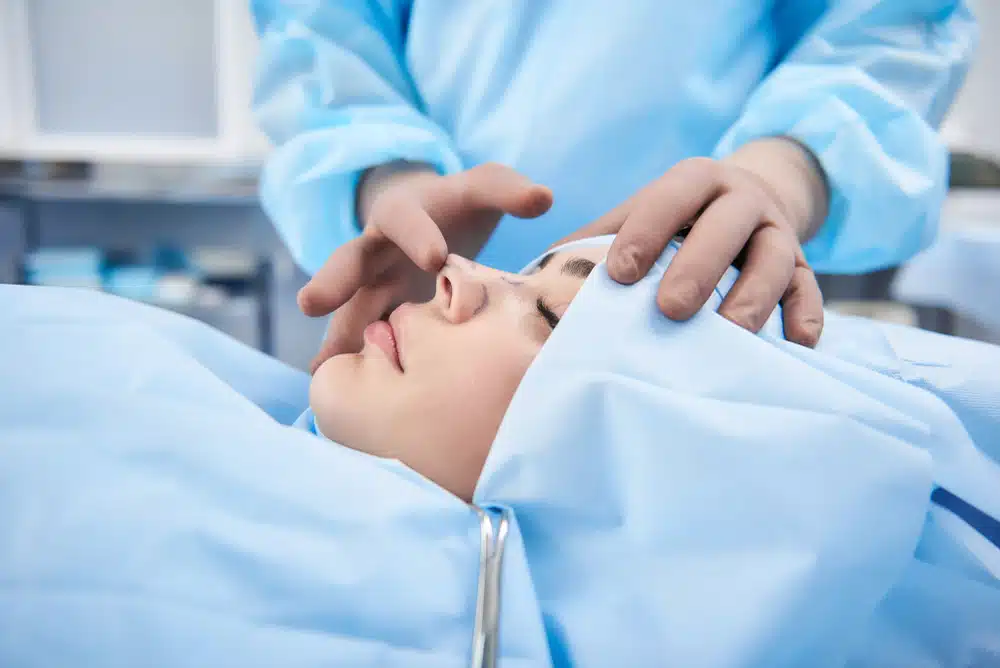
Two other points that are worth underscoring are the detective aspect of revision rhinoplasty and the importance of patients initiating visions for surgery. We should emphasize the significance of clear communication from patients, articulating their dislikes and desires before undergoing rhinoplasty while acknowledging the challenges surgeons face in comprehending patient visions without explicit communication.
The third point, which is one of the very significant revision rhinoplasty facts, is that not every physician performing rhinoplasty can necessarily excel in secondary rhinoplasty as well. When choosing a surgeon for revision rhinoplasty, inquire about their experience and request pre-and-post-operative photographs. Questions about their familiarity with specific grafting techniques, such as ear cartilage or rib cartilage grafting, are essential. The surgeon’s comfort with the case’s complexity and prioritizing patient satisfaction are critical for a successful outcome.
What to Expect in Revision Rhinoplasty
Addressing the challenges of limited tissue availability in revision rhinoplasty, it is noted that surgeons often navigate with the existing cartilage and tissue, effectively managing issues arising from prior surgeries. Here are several other revision rhinoplasty facts to know.
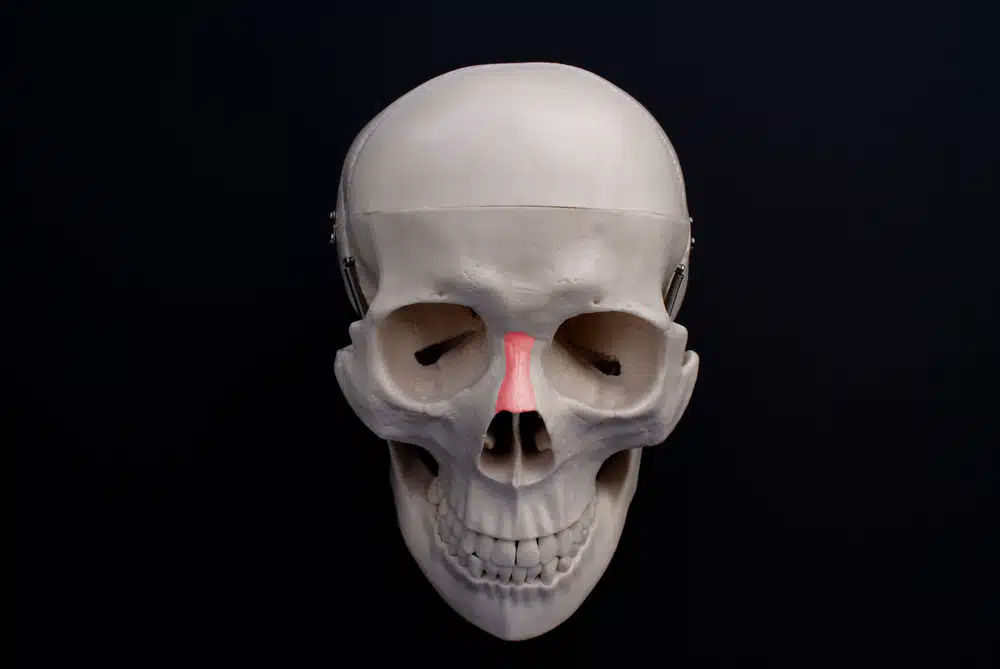
Cartilage Sources and Patient Vision
Let’s shed light on the complexities of secondary rhinoplasty, especially when faced with a restricted cartilage supply, particularly if the septum has been utilized in primary rhinoplasty. Alternative sources like ear and rib cartilage for grafts are introduced.
- In primary rhinoplasty, septal cartilage serves as the primary source, offering excellent material for repositioning within the nose.
- In secondary rhinoplasty, when septal cartilage may be depleted, ear cartilage and rib cartilage become viable alternatives. Ear cartilage, flexible and suitable for smaller grafts, proves effective in specific situations. On the other hand, rib cartilage, more abundant and firmer, is employed for structural grafts where flexibility is less critical.
Moreover, the choice between ear and rib cartilage depends on the specific requirements of the rhinoplasty procedure. Ear cartilage may be preferred for tasks like small tip grafts, while rib cartilage may be necessary for more structural grafts, such as spreader grafts. Furthermore, we need to touch on the surgeon’s perspective, mentioning that some surgeons may hesitate to use rib cartilage due to its invasiveness and the resulting small scar on the chest. However, lets not forget the significance of rib cartilage in situations where other donor sites, such as the ear or septum, have been previously used in multiple revision rhinoplasties.
The Role of Technology in Second Nose Job
Visual aids become crucial, given their expressive power – a picture being worth a thousand words and in the context of rhinoplasty, possibly a million. There are a variety of tools at plastic surgeons’ disposal which are robust three-dimensional morphing software with various modules for procedures like breast augmentation, breast lift, and facial fillers. Their efficacy shines particularly in rhinoplasty. Although not flawless, such tools allow the transformation of three still images into a three-dimensional representation. Procedural modules then facilitate adjustments, such as narrowing or widening parts of the nose, turning up or down the tip, and manipulating the dorsum and tip. While not perfect, these interactive tools give patients control over the visual outcome.
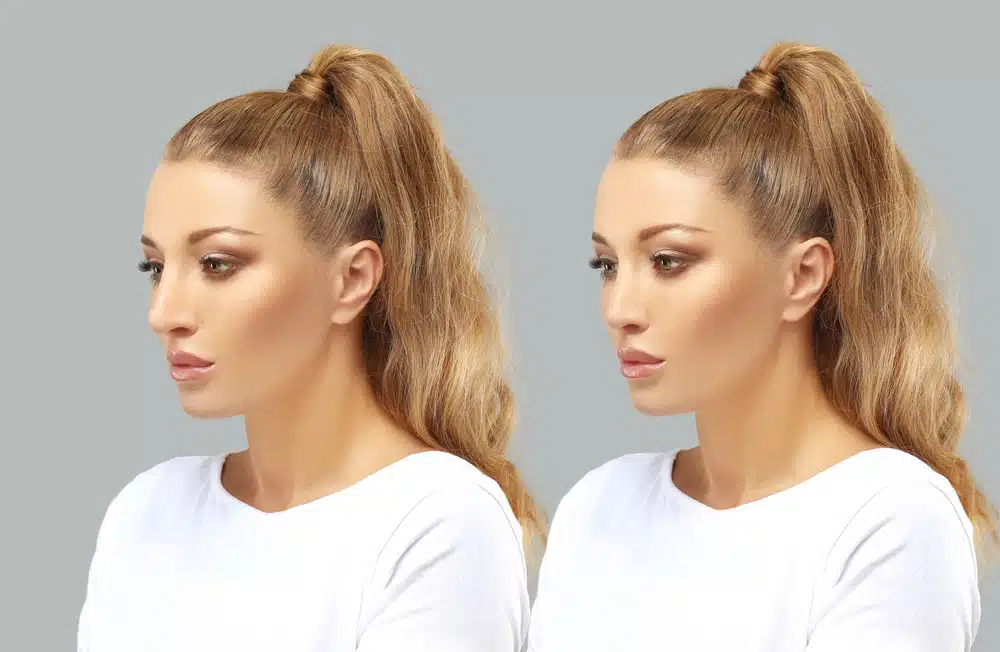
These tools facilitate a form of telepathic communication, fostering a dialogue about possibilities and preferences. Managing expectations upfront is crucial, as seen in breast procedures or PBLs. Addressing desires during the consultation with realistic images avoids potential post-surgery disappointments. Additionally, limitations, such as skin thickness, may impact the final result, and assessing skin thickness involves experience, visual examination, and considering ethnic and racial factors. Some surgeons explore ultrasound for this purpose, although it is not yet standard.
While current limitations do not hinder the ability to perform successful rhinoplasty, future advancements may bring new possibilities to the field.
What Are the 3 Primary Issues in Second Nose Surgery?
Experience, observation, and tactile examination play significant roles in understanding the intricacies of nasal concerns. Exploring the most common reasons for secondary rhinoplasty, three primary issues emerge.

- Firstly, tip irregularities, such as a twisted or asymmetric tip, often result from over-resection of the lower lateral cartilages, compromising support and leading to visible distortions. Attempting excessive tip projection in cases where the skin’s limitations are not considered can also cause twists or bends.
- Secondly, dorsal irregularities, referring to issues along the bridge of the nose, may arise in secondary rhinoplasty, particularly if the initial procedure is closed. This can involve irregularities in bone resection, cartilage positioning, or the presence of residual cartilage fragments.
- Lastly, nostril asymmetries, though often pre-existing to some extent, can become more noticeable post-surgery. While some improvements can be made, achieving perfect symmetry is challenging.
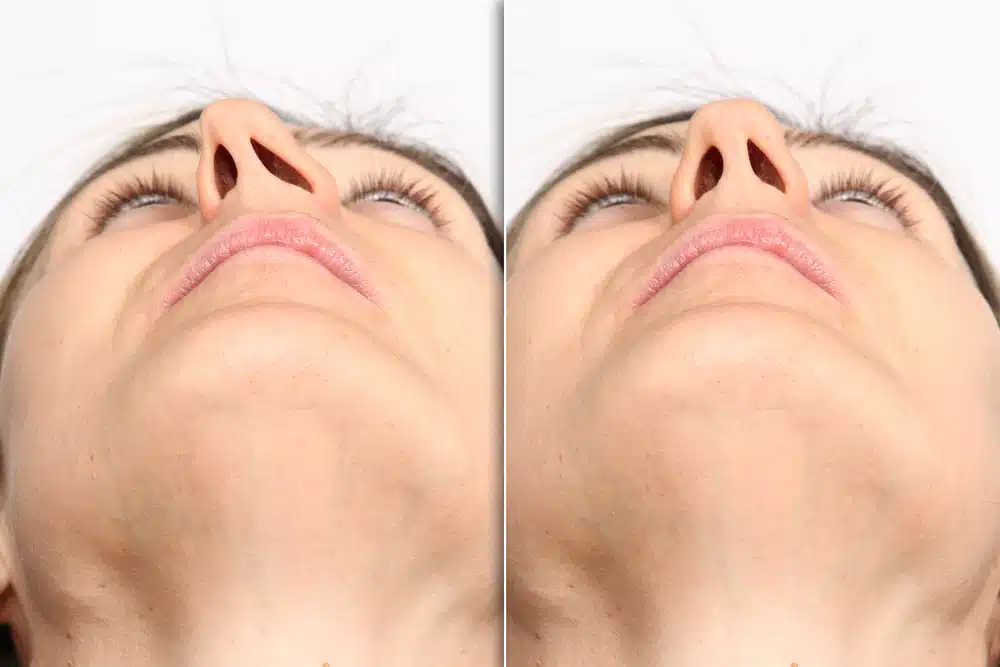
In certain situations, patients may express specific desires for their nose. Using 3D software, a visual representation can be provided. However, in cases where a more tangible preview is desired, the use of fillers becomes a valuable option. Fillers, particularly in the upper third of the nose, can offer a realistic simulation of potential rhinoplasty outcomes, helping patients visualize changes before committing to surgery. This collaborative approach involving both surgical and non-surgical options allows for a more comprehensive exploration of aesthetic possibilities.
More on Surgical & Non-surgical Approaches in Revision Rhinoplasty
Many patients opt for fillers instead of surgery due to the relatively lower short-term cost, minimal recovery, and lower associated risks. Fillers serve as a helpful alternative to rhinoplasty, allowing individuals to “date the result before marrying the result,” as one may aptly put it. The collaboration between surgical and non-surgical approaches enables patients to explore aesthetic possibilities comprehensively.
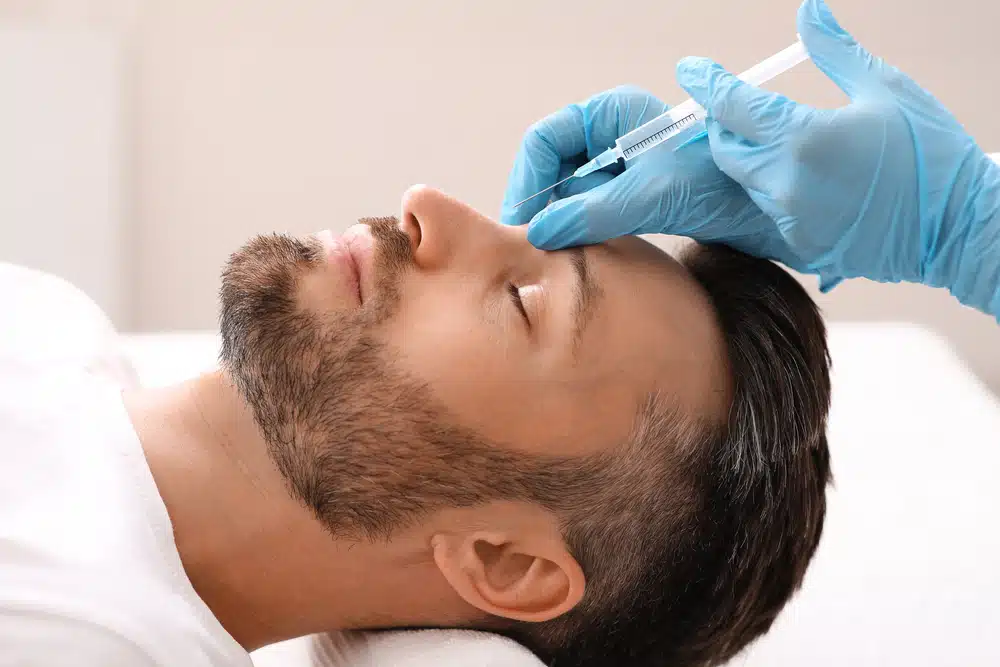
Some doctors even have had the experience of patients who had undergone rhinoplasty and later expressed dissatisfaction with specific results. Using fillers, the surgeon can address concerns such as a slight dorsum indentation and notching in one of the nares.
While complete eradication might not be possible, the patient will be ultimately pleased with the softened results. This approach serves as an intermediate step for those hesitant about a secondary rhinoplasty.
Where On the Male Nose To Inject Fillers?
Turning our focus to the dorsum, the upper part of the nose emerges as particularly responsive to filler treatments.
Nevertheless, caution is urged when venturing beyond the upper two-thirds, especially concerning the nasal tip. Emphasizing the significance of careful consideration, attention is drawn to potential complications, such as the risk of intravascular injections.
Heightened care is warranted for the lower thirds, encompassing the ala, especially in secondary rhinoplasty cases where challenges related to scarring and decreased vascularity may arise.
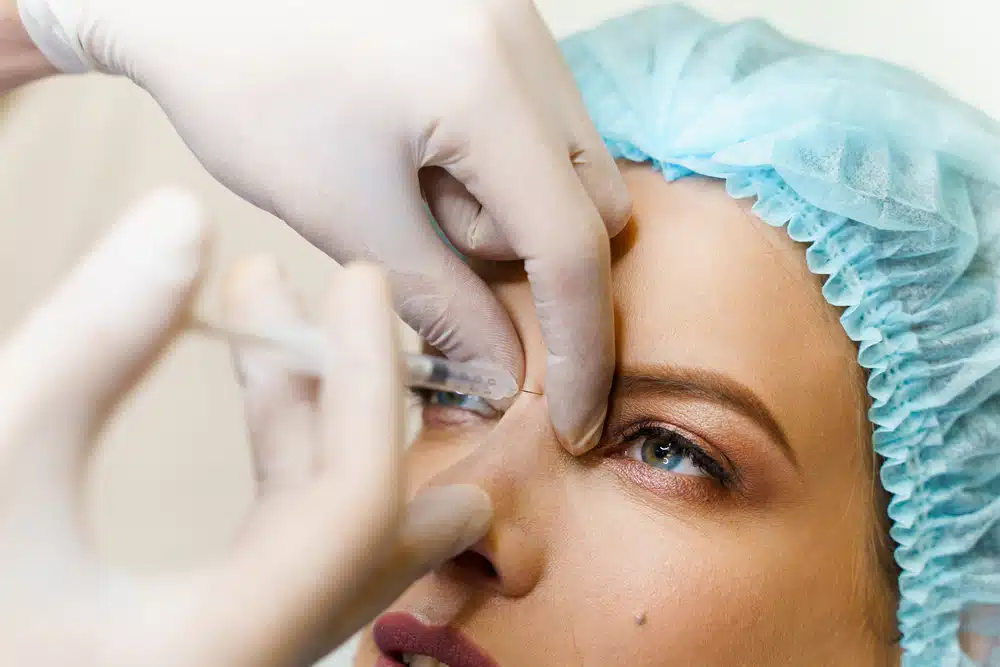
Potential Challenges of Nose Filler Injections
Dissatisfaction with the final result you see int he mirror is another one of revision rhinoplasty facts. We can also explore potential challenges linked to injecting the nasal tip, considering the possibility of skin slough instead of intravascular injection.
We can draw a parallel to pressure sores in wheelchair users, emphasizing the importance of understanding and addressing potential risks.
The strategic application of filler in specific regions necessitates a careful two-step process for ensuring safety and effectiveness. Surgeons need to present patients with realistic expectations, recognizing that the improvement generally ranges between 60-70 percent, providing a viable alternative to surgery for those willing to embrace these outcomes.
What To Do With Dissatisfied Patients?
It is now time to touch on the delicate handling of patient dissatisfaction. Expressing dissatisfaction with a surgeon can create unjustified anger.
It’s crucial to avoid reinforcing perceptions that the surgeon made mistakes, as it complicates future attempts to address concerns through either filler treatments or additional surgeries.
A cosmetic procedure can enhance happiness, but true contentment must exist before any surgery. Unhappy patients, even with a specific focus on their noses, need to find peace before undergoing further procedures.
We emphasize the importance of careful communication to contribute to the success of secondary interventions, whether with fillers or surgery.
Other Subjects in Second Nose Surgery
The duration of the surgery varies, as the goal is to achieve an optimal outcome, whether it involves adjustments to the nose or positioning during breast surgery.
Ultimately, the commitment to ensuring patients leave feeling super happy is underscored, avoiding any dissatisfaction that might arise post-surgery.
As we discuss various aspects, a pertinent question arises about the anesthesia approach for revision rhinoplasty. Is there a distinction in the procedures undertaken by an anesthesiologist when dealing with revisions, given the altered nasal anatomy?
In reality, there’s no discernible difference in anesthesia administration for primary versus secondary or subsequent rhinoplasties. General anesthesia is employed, and a breathing tube is inserted to safeguard the airway during procedures conducted above the vocal cords.
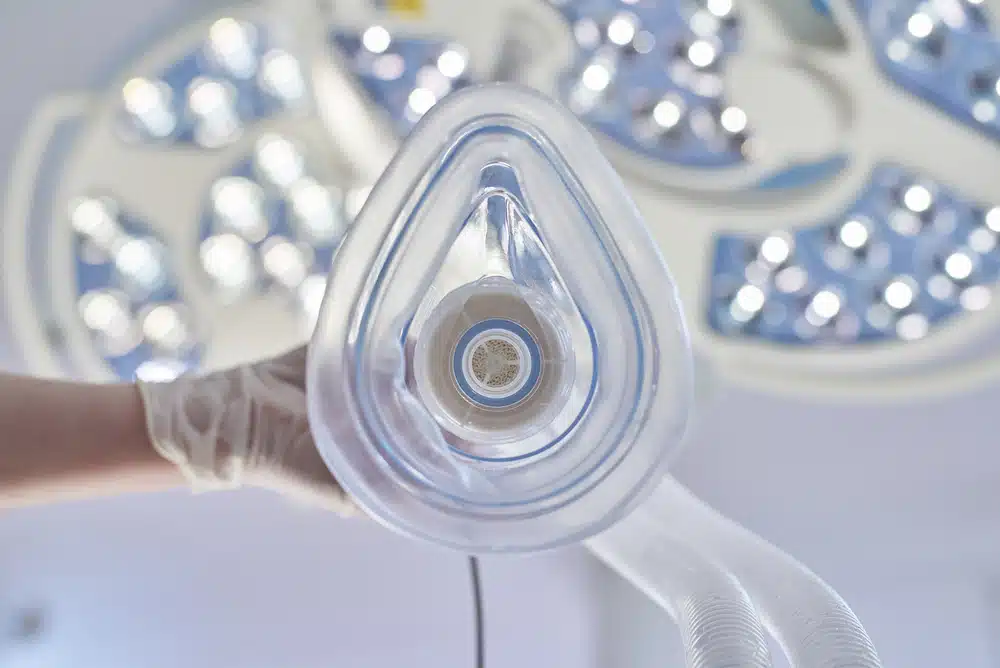
The Role of the Anesthesia Team in Second Rhinoplasty
The anesthesia team, along with their colleagues, plays a pivotal role in the success of these procedures. Approximately 20% of the perceived outcome can be attributed to the quality of anesthesia.
Several factors contribute to this, including maintaining the patient’s blood pressure within normal or slightly below normal ranges to reduce bleeding and swelling. Stable blood pressure is pivotal, as fluctuations can impact the surgical process.
Additionally, preventing postoperative nausea is crucial, as retching or vomiting can lead to increased bruising, particularly under the eyes.
Controlling pressure variations during surgery is challenging but important, as sudden increases can result in bleeding under the skin, potentially leading to more scarring and obscuring the desired surgical outcomes.
When examining beneath the skin, one may notice a considerable amount of scar tissue. This observation may prompt thoughts about the patient possibly experiencing increased oozing, raising concerns about an undiagnosed coagulopathy or platelet-related issue. Managing nausea becomes a crucial aspect of the process.
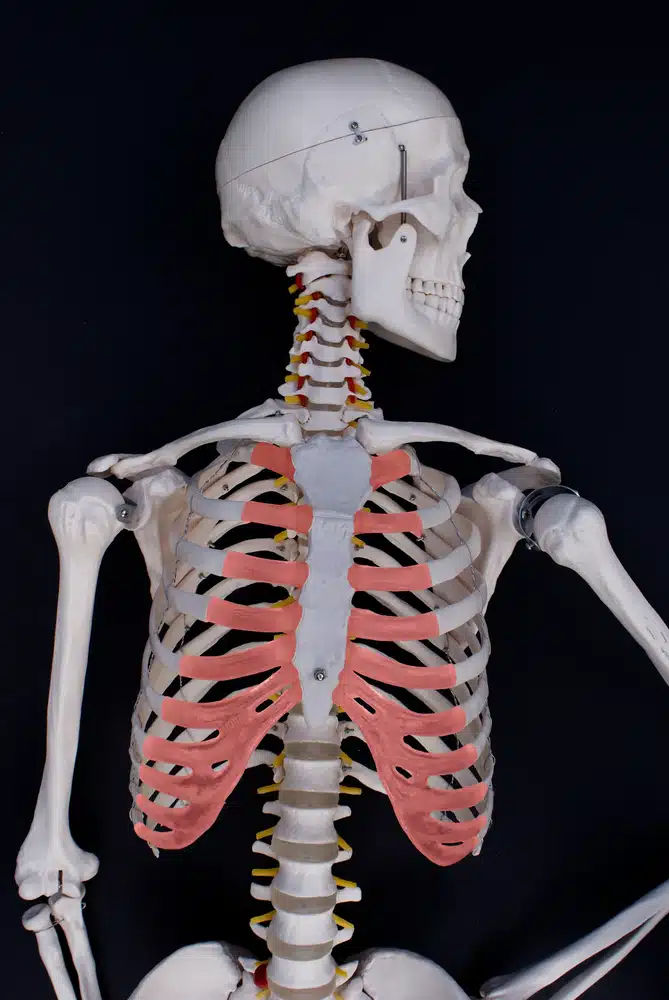
What is Rib Harvesting For Second Rhinoplasty?
In the context of revision rhinoplasty involving rib usage, a slight divergence in the approach is notable. Specifically, the preference is for patients not to breathe on their own during most facial surgeries, as spontaneous breathing seems to increase bleeding.
For rib harvesting, it becomes imperative for the patient to be mechanically ventilated rather than breathing spontaneously. This precaution is particularly essential when working above the lung, as any tiny holes created during rib removal could lead to a pneumothorax.
Ensuring mechanical ventilation prevents complications associated with the patient’s natural respiration mechanics.
The Collaboration Between Surgeon & Anesthesia Specialist
It’s emphasized that meticulous collaboration with anesthesia providers is crucial in addressing these nuances. The focus on graft harvesting, particularly rib grafts, requires a specific approach, underscoring the importance of mechanical ventilation to prevent potential complications like pneumothorax.
Recognition of blood as an irritant within the body underscores the significance of minimizing its presence during surgery to mitigate scar tissue development.
Finally, these considerations underscore the importance of an expert anesthesia team in achieving optimal results in revision rhinoplasty procedures.
Final Thoughts
In this long post, we discussed a thorough list of subjects and revision rhinoplasty facts that deserve your attention when deciding about having your second nose job. We said that a surgeon’s primary goal is to ensure the best possible outcome for patients, prioritizing their safety and comfort while creating optimal surgical conditions. Also, a collaboration between the surgical team and anesthesia is vital, with behind-the-scenes coordination to address specific patient needs and medical history. Moreover, in the context of revision rhinoplasty, one indicator of a surgeon’s experience is their approach to ventilation during rib harvest.
The communication and understanding between the surgical team and the anesthesiologist play a crucial role in tailoring the procedure to each patient’s unique circumstances. For patients considering revision rhinoplasty, effective communication about desired outcomes is key. The use of photographs and imaging software aids in conveying expectations. Finally, we emphasize having patience, with a recommendation to wait a full year before assessing the final results. Realistic expectations contribute to a more positive overall experience.
You might also be interested in:

